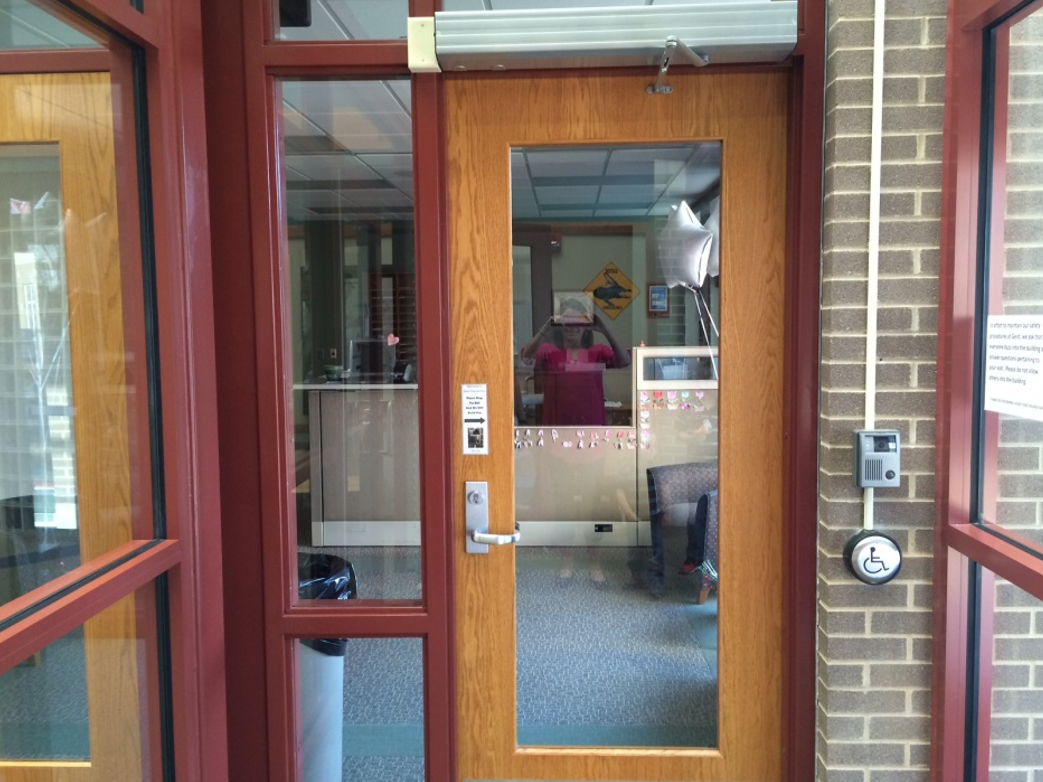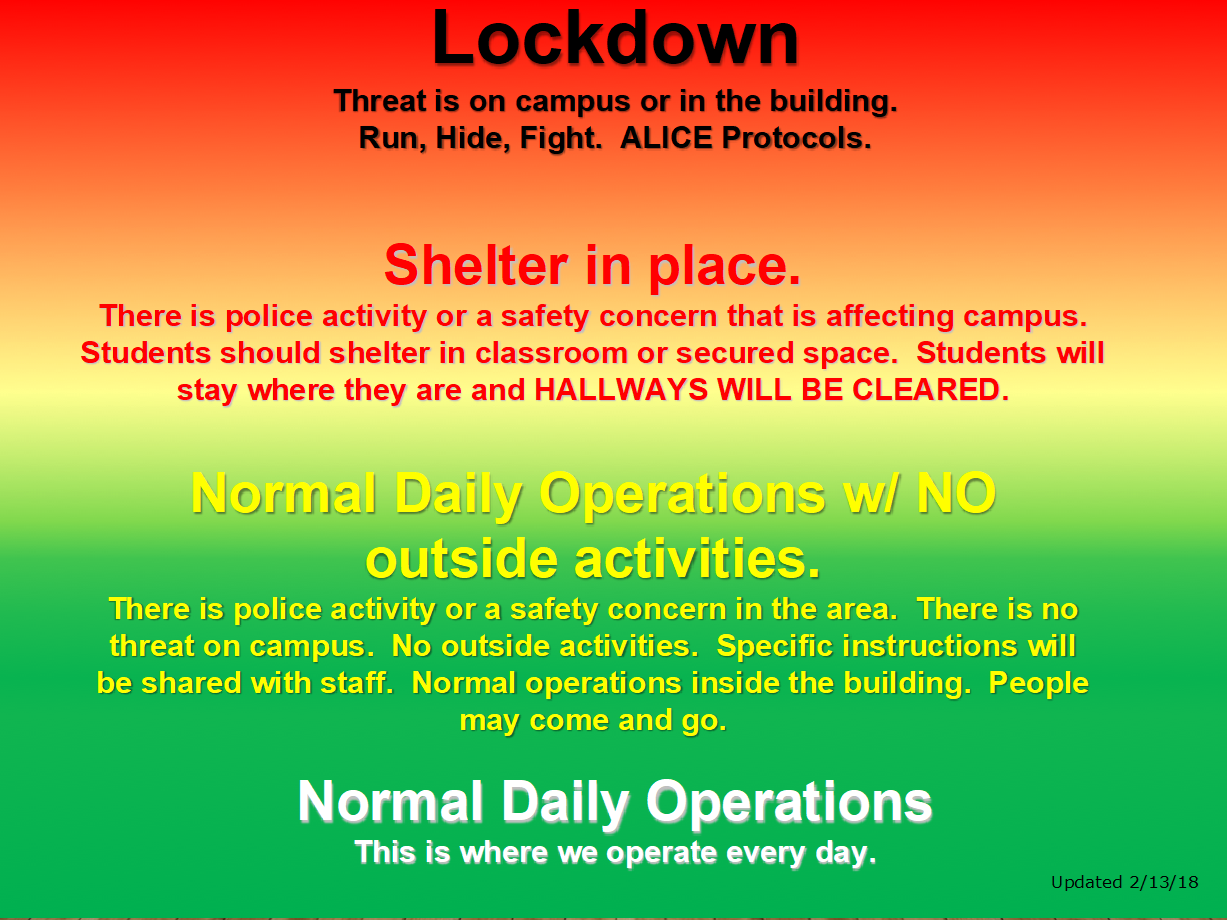State Senator John Ruckelshaus held a public phone call today (April 16th) to talk about the impact of the coronavirus on education and the schools in Indiana. The call included two others along with the senator, Jason Bearce the Indiana Chamber Education Policy Director and Joel Hand the Executive Director of Indiana Coalition of Public Schools. All three talked about the impact the virus and the shut down are having on education within the state of Indiana and upon the schools. I took a number of notes during the meeting, which I presented here.
Prior to Jumping into Education….
Prior to jumping into the core topic of education in Indiana, Senator Ruckelshaus mentioned a few of the things happening within Indiana related to Covid-19.
- The governor’s office had announced that many Marion County and state companies were converting their production over to make ventilators and personal protection equipment (PPE).
- He indicated that the discussions around the state are starting to pivot towards opening the state.
- He mentioned that schools in Indiana had moved to virtual only – meaning they are not meeting in the buildings, but rather doing eLearning or providing packets for kids to do work at home.
- About 20 executive orders have been issued by Gov Holcomb. Two of these are education related. The education related orders include a variety of things, some of which are a little more mundane such as focusing on bus inspections and other topics.
Jason Bearce is the Vice President of Education and Workforce Development at the Indiana Chamber of Commerce, which is a role where he advocates for k-12 workforce issues among other things. The senator introduced Jason, who in turn talked about what he is seeing happening in the area of education in Indiana and the impact of the virus.
Focusing on Schools and Education….
- The overall theme on the executive orders that impacted schools and education was to provide maximum flexibility to the districts and as much local control as possible.
- Meeting the 180-day minimum requirement was a state regulation that was going to be hard to meet. For that reason, 20 days had been waived from the calendar. It was stated, however, that 20 instructional or eLearning days were still needed between the March announcement and the end of the year. (Note: this is what I heard stated, but depending on individual schools, 160 days seems to be the new target for the year).
- Some schools are well equipped and have things such as one-to-one devices. Even though these schools are well equipped, they weren’t necessarily prepared to do the level of eLearning or off-site school that the closing of the school buildings caused. Schools that didn’t have devices on hand are doing things such as handing out packets of learning materials or taking different approaches.
- Many requirements for schools have been loosened or delayed. This includes teacher evaluations, testing, and more.
- Impact on traditional experiences has been an issue. Things such as High School graduations, and other ‘school experiences’ have been impacted.
- If seniors were on track when they March orders were given, then per the governor, they’ve pretty much met what they need to for High School – barring any local requirements.
- Exit exams and such for college credit or dual credits are being worked on as well. The state is working with colleges to make sure that the credits are there and work. They are trying to make this as seamless as possible.
- Schools are in all sorts of different places as to what schooling looks like. Schools are required to submit a continuous learning plan to the state, which is due tomorrow. These plans should be looking at what can be done between now and the end of the school year as well as looking at the summer and next fall. This information will be used by policy makers to make decisions.
- Parents have been challenged including single parent families. To some degree, the education system is not designed for extended periods of remote learning. Except for virtual schools, eLearning was set up as a stopgap and a fill-in. It was to cover for a couple of days of bad weather, not long-term learning. The long-term use of eLearning has been a burden put on parents.
The CARES Act
The Coronavirus Aid, Relief, and Economic Security act provided two sets of funding to the state.
The first part of the funding is being distributed across the states and to schools based on formulas. This is roughly a $215 million distributed to schools by formula grants. The formula uses things such as Title 1 and other programs to determine distribution. ESL, Free and Reduce lunches, and other standard funding items are used in the formulas. As such, schools with more diverse and at-risk kids will get more of funds.
There is information available on internet including an estimate of what districts will get. Some examples given include Indianapolis Public Schools, which are at the high-end and will get around $22 million. Washington Township should get around $2.4 million. Lawrence Township is getting about $3.4 million. Wayne Township is getting about $4.5 million.
Some of the suburban schools will get a lot less. For example, Carmel is getting about $224,000. Hamilton Southeastern will get about $334,000. Zionsville is slated for only about $64,000. This is all driven almost exclusively by population and formulas.
A second set or pot of money is also being made available. Governors have funds for emergency support grants. Indiana is expected to get about $60 million to distribute between K-12 and higher education. State lawmakers will figure out the allocation of these funds. No further details were given on this at this meeting.
The Importance of Schools
The crisis has shown how important the public schools are across the state. Schools have stepped up to the plate to provide for the needs of their students
- Most schools have some PPE equipment, which has been provided to them. Many schools are donating the supplies to their local hospitals. For example, Hamilton Southeastern has donated thousands of items to Community Hospitals.
- Schools are helping to provide food to students in need of food. Many are doing this via pick-ups, drop offs, and even a few doing delivery.]
Distance Learning
- There is a wide disparity across the state on what is available for distance learning. In rural areas where internet is not as prevalent or robust, packets are being sent home.
- In some cases, schools are purchasing large quantities of computers to distribute to students.
- A lot of concerns have been vocalized by parents and their ability to help the students. Some teachers and staff have stepped up to provide one-on-one help as well as coming up with other solutions.
- In some cases, schools and libraries are extending their internet WiFi so that it reaches there parking lots. This allows parents and students to come to the school parking lot to get access to the internet.
Additional Comments
- One of the important comments made was that currently, the government doesn’t expect any serious cuts in K-12 funding.
- There is a Covid-19 page on the Indiana government site (www.doe.in.gov) that has a great deal of information on how the Department of Education is responding to the Covid-19 situation. There is an FAQ page.
- Dr. McCormick, Indiana state Superintendent of Public Instruction, is doing weekly webinars with school leaders.
- The Indiana State Board Association (ISBA) also has a resource page for parents, teachers, students and others at https://www.isba-ind.org/coronavirus-resources.html. This includes links to frequently asked questions and other resources.
“The digital divide”
They are looking to try to track and document where the digital divide is prevalent within Indiana. This is not just in the rural areas, but also in urban areas where there are low income families.
Learning loss is a serious concern for this period of time, especially for those students that were already behind before the pandemic. This crisis has illuminated some of the educational inequities happening across the state. Some of this is a result of the challenges such as location (rural vs urban) and the ability to recruit teachers, and more. Geography, however, shouldn’t be the determining factor of what is available for students. Finding where gaps are will help in providing fixes going forward.
There are new opportunities for private / public learning opportunities. Innovation is happening in this area. While there is a lot of uncertainty, there is also a lot of creativity happening. There is opportunity for providing a more dynamic educational experience in the future.
How to Discuss and Do eLearning
The real power of education is a hybrid of eLearning and in-class
Online learning will never replace the quality of face-to-face education in the classrooms with teachers. During this time, we must make do and do the best with what we have.
State legislation and policies are working to drive more resources to do things such as driving more internet bandwidth to the urban and low-income areas. This will help us be better prepared in the future if such events like this happen again.
There needs to be meaningful teacher instruction and meaningful student learning. It will be interesting to see how the state responds to those students that might e falling behind. There will be some learning gaps due to the eLearning, so it will be interesting to see how the state steps up to help with the remediation.
Student Remediation
According to the Senator, remediation is not necessarily top at mind, but as we emerge out of this, remediation services will have to be a focal point. There are line items in the state budget to help with the cost of remediation.
There was a lot more state resource targeting remediation in the past (15 years ago or so). We are not likely to have summer schools this year, so that’s going to impact remediation services. There might be a need to provide these services remotely. Schools will have to figure out how to transition to the remote and online services for remediation over the summer.
About the Fall….
Only thing the senator is hearing is that schools are preparing a contingency plan in the case that the pandemic continues through summer months. It is only contingency planning with the hope that schools will open.
It was emphasized that no decisions have been made at the state level to not start school at its normal time.
Things being discussed regarding opening schools include smaller class sizes, kids wearing masks, and more separation.
What is the new normal? Would kids need to have their temperatures taken when they come to school? Would they wear masks? These are being discussed, but nothing is decided. The focus is on protecting kids, teachers, and others and preventing the additional spread of the virus.
Marion County needs to be locked down until at least the end of the month. Other counties are behind on the curve and need longer. The state doesn’t have all the answers and likely not even all the questions at this time. They don’t have what is needed to be able to make a lot of decisions. Some of the areas in southern Indiana have had low-to-no cases, which is different from areas like Marion county.
There is a lot to be determined.
Q&A From the Phone Call
The meeting was opened to Q&A from those on the call. The following are my notes from the Q&A comments:
Question >> What is the point in time that decisions for the fall have to be made?
Early to mid-June is likely the time point. Some schools start in July, and schools need time to ramp up. This is evolving and changing situation. Schools and state leaders have to be nimble in planning head. The data is being evaluated, and the governor has been good at not making any definitive statements because of the status of things.
Question >> How much time and money would Indiana save if they cut back on testing next year as well and only did what was federally mandated? (Questioner commented that testing wasn’t happening so much when they were in school and asked about more project-based learning and such.)
Philosophically, there is a balance between testing, project-based instructions, and teaching. Indiana doesn’t really test any more than what the federal government requires. One annual assessment for English and Math is what the state and fed require. Additional testing is done at the local level and is not required by the state.
In regard to costs, about $30 million is development and administering testing. The state would lose about $750 million in Federal funding if we pulled out testing.
We need to have a system of consistent measures to be able to inform policy makers, teachers, and parents, but we also need flexibility for schools to be able innovate in flexible learning.
Joel responded that hundreds of millions are spent on testing on testing each year. The state used to spend more money on remediation than on testing. Now it appears more is spent on testing than on remediation. By necessity, we are going to have to spend more on remediation.
Because of tests being waived, teachers have been freed at this time to do more creative teaching.
Question>> Early and speculative information says that projections don’t look good. With a budget session is just around the corner, what is going to happen to school funding?
Some of the backfill federal money (?) should help with the k-12 education funding. The state doesn’t really know what revenue (“intake”) will be coming. Sales tax is the number one source of income to Indiana, so and they don’t know the impact that its decrease will be on overall revenue. Gaming was the fourth highest income stream for the state, and it has been basically shut down. It is likely to be third or fourth quarter before the leadership has an idea of what numbers are going to look like.
Joel commented that there is a real issue regarding state revenue. Most recent revenue numbers showed how much income the state was already expected to lose. With State shifting education funding towards sales tax with the cap having been placed on property taxes, there is going to be a hit to funds with a downturn of the economy.
Education never really recouped the dollars form the last recession, so people are concerned. The senator stated that the governor currently has no plans to cut k-12 funding next year. If k-12 education is a priority, then it should stay at or close to what it is; however, it is to be determined based on what revenue happens, so it is too early to know at this time.
The senator stated that the main goal is to keep the funding at the level it was recently set to. The state has a $2 billion + rainy day fund – and this seems to be a rainy day.
# # #


